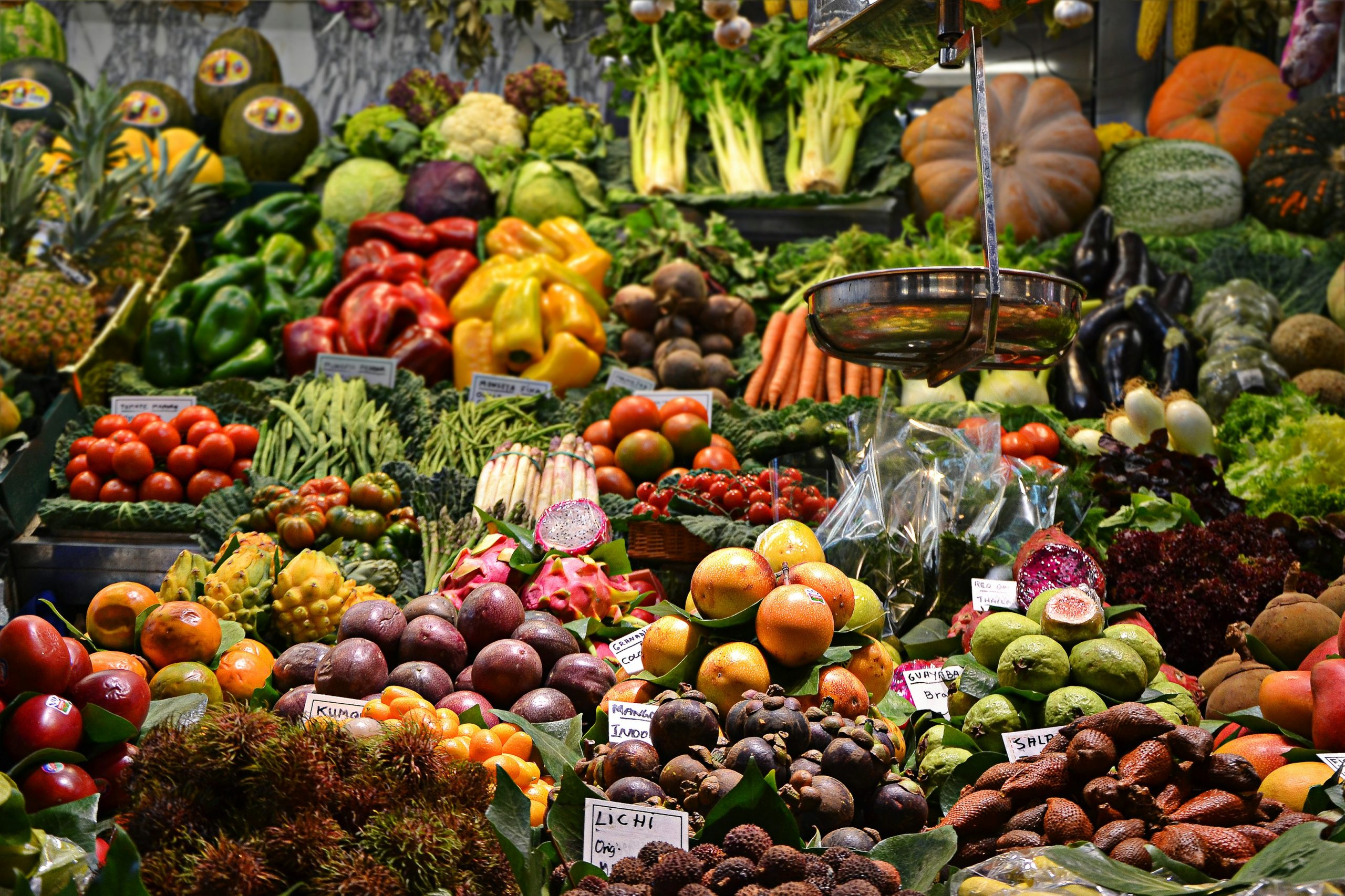Eating local has developed a connotation for positive impact, from ethics to environment and even health, but how does the practice actually affect food systems, human systems and the planet?
“There is not much evidence about sustainability as an attribute of localness … and the relationship between local products and sustainability issues is still controversial,” recent research in Sustainability stated.
Consumers overwhelmingly opt for eating local, but marketing and the media may not align with research on the perceived benefits of the preference. Entire books are devoted to the misinformation.
In Just Food: Where Locavores Get It Wrong and How We Can Truly Eat Responsibly, James McWilliams pointed out contradictions like the energy efficiency of an imported tomato outranking one grown locally in a greenhouse in 2009. By 2012, The Locavore’s Dilemma: In Praise of the 10,000-mile Diet, made the case for the global supply chain’s positive economic and nutritional impacts.
Yet, the controversy continues amid more recent supply chain issues.
Mileage vs. Meat
What consumers eat has more of an impact on carbon footprint than the distance that food travels, as Vox explored (June 6). But most consumers believe eating local is more sustainable than eating less meat and are more likely to prioritize local over non-local than plant-based over meat, recent Purdue surveys showed.
In reality, meat and dairy production deplete water and other natural resources and contribute to global warming far more than transportation.
“If everyone in the U.S. ate no meat or cheese just one day a week, it would have the same environmental impact as taking 7.6 million cars off the road,” a Stanford report on plant-based diets put it.
Even a Nature Food article (June 20) suggested, “global freight transport associated with vegetable and fruit consumption contributes 36% of food-miles emissions — almost twice the amount of greenhouse gases released during their production,” and concluded that “a shift towards plant-based foods must be coupled with more locally produced items,” to minimize the impact.
Food System Factors
The Rockefeller Foundation worked with dozens of food systems experts to identify five areas and 14 metrics of food production and consumption in its 2021 True Cost of Food report, including environment (greenhouse gas emissions, soil erosion and water use), and biodiversity (land use and pollution), along with animal welfare, human health, livelihoods and resilience.
“Shifting away from meat and particularly beef consumption offers the most potential for reducing emissions,” followed by reducing food waste, according to the World Resources Institute.
Sustainable land management (SLM) and regenerative farming are broadly accepted solutions to the whole list of environmental and biodiversity issues, and major commercial brands are getting involved. General Mills vowed to make 1 million acres of farmland regenerative by 2030, for example.
Consumers can navigate the remaining food system factors locally and abroad with labels like Fairtrade, certifying economic, environmental and social standards for farmers and traders, which is shown to improve resilience and social wellbeing. Elements of animal conditions, from cage-free to certified humane, are indicated with more than two dozen labels, per a guide from the Animal Welfare Institute.
Health Implications
Community gardens, CSAs and farmers markets promote consumption of fresh fruits and vegetables, which correlate with weight loss, lower diabetes rates, and lower cancer and heart disease risk, but not necessarily due to locality.
“The freshness and nutritional value of a local food product have a lot to do with how a product is handled between harvest and consumption. Therefore, freshness is not just a matter of time or distance to market, but also the integrity of temperature and humidity management (known as the cold chain) from harvest to table,” the Sampson Independent reported (July 2).
The 2020-2025 Dietary Guidelines for Americans define healthy food as a “dietary pattern consist[ing] of nutrient-dense forms of foods and beverages across all food groups”: vegetables, fruits, grains, dairy, protein and oils. While local produce may be harvested at peak ripeness, refrigeration and freezing preserve nutrient content, and seasonality can change the optimal locale for sourcing.
With meat, protein can come with sodium or saturated fat to consider, while seafood can combine the benefits of fatty acids and legumes can add fiber. “Available evidence indicates that it’s the source of protein (or, the protein “package”), rather than the amount of protein, that likely makes a difference for our health,” the Harvard School of Public Health advises.













